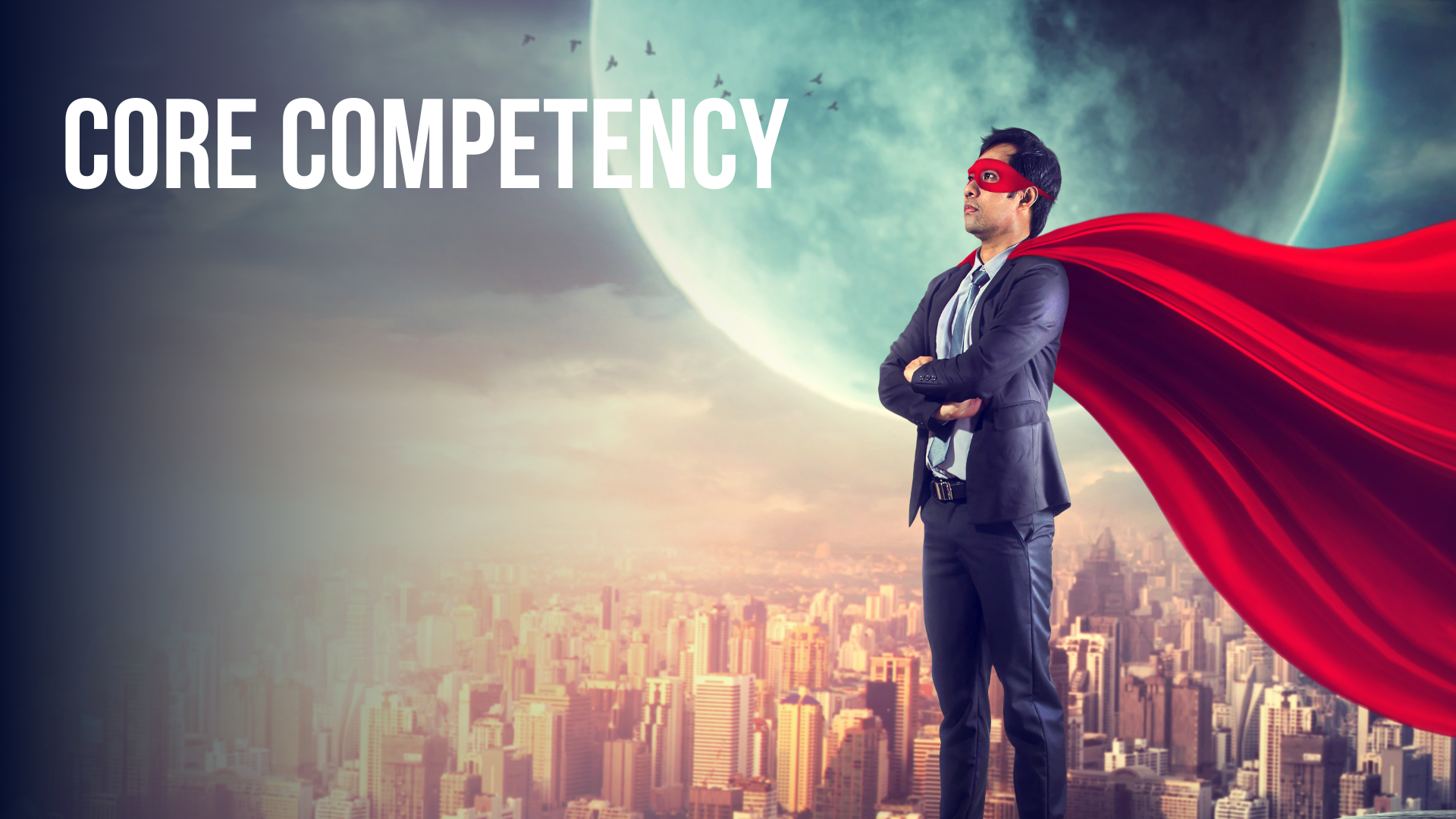Change is the driving force behind growth and innovation. However, transforming old mindsets deeply ingrained in an established organization can be a daunting task. In this article, we will explore effective strategies to foster a culture of change, challenge traditional thinking, and ignite a mindset shift within an old organization.
- Communicate the Need for Change:
To initiate a mindset shift, leaders must clearly communicate the need for change to the entire organization. Explain the reasons behind the transformation, emphasizing the benefits and opportunities it brings. By highlighting the challenges of sticking to old mindsets in a rapidly evolving world, leaders can create a sense of urgency and build a compelling case for embracing change. - Foster a Culture of Continuous Learning:
Old organizations often struggle with complacency and resistance to new ideas. To counteract this, create a culture of continuous learning and growth. Encourage employees to explore new knowledge, attend workshops and conferences, and engage in cross-functional collaboration. Emphasize the importance of staying updated in a dynamic business landscape and provide resources to support ongoing learning initiatives. - Lead by Example:
Changing mindsets starts at the top. Leaders must embody the change they wish to see in the organization. Actively demonstrate openness to new ideas, adaptability, and a willingness to challenge the status quo. When employees witness leaders embracing change, they are more likely to follow suit. Encourage leaders at all levels to become change champions, driving the transformation from within their respective departments. - Empower and Involve Employees:
Involve employees in the change process to cultivate a sense of ownership and empowerment. Seek their input, ideas, and feedback on potential improvements. Provide platforms for open discussions and brainstorming sessions where employees can share their perspectives and contribute to the organization’s transformation. By actively involving employees, old mindsets can gradually be replaced with a collective commitment to innovation and progress. - Provide Training and Development Opportunities:
Old mindsets often stem from a lack of exposure to new approaches or technologies. Offer training and development programs tailored to address specific areas where mindset change is needed. This could include workshops on creativity, critical thinking, digital skills, or change management. By equipping employees with the necessary tools and knowledge, they can embrace new ideas and approaches with confidence. - Celebrate and Reward Change:
Recognize and celebrate individuals or teams who demonstrate a willingness to challenge old mindsets and drive positive change. Implement reward systems that incentivize innovative thinking and actions aligned with the desired mindset shift. By acknowledging and valuing these efforts, the organization reinforces the importance of embracing change and encourages others to follow suit.
Conclusion:
Transforming old mindsets in an established organization is a complex but necessary endeavor for growth and adaptability. By effectively communicating the need for change, fostering a culture of continuous learning, leading by example, empowering employees, providing training opportunities, and celebrating change, organizations can successfully navigate the transformation process. Embracing a new mindset opens doors to innovation, improved decision-making, and sustained success in an ever-changing business landscape. With commitment and perseverance, any old organization can evolve into a dynamic and forward-thinking entity.





